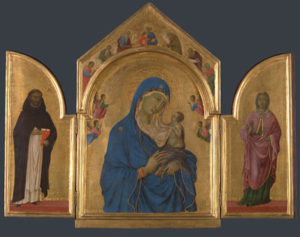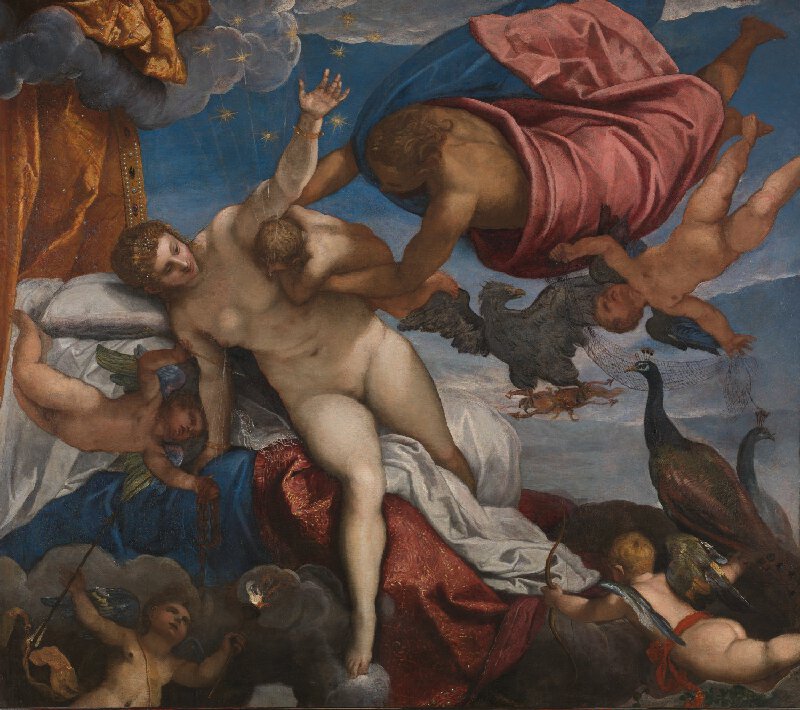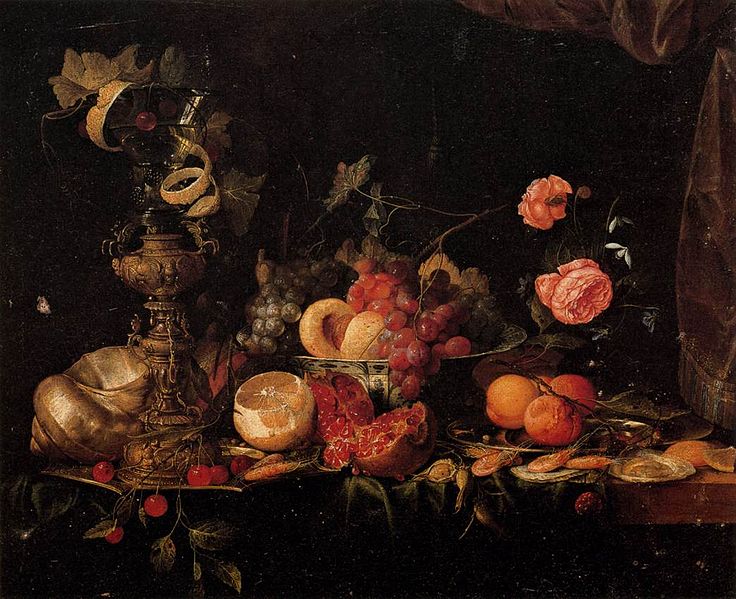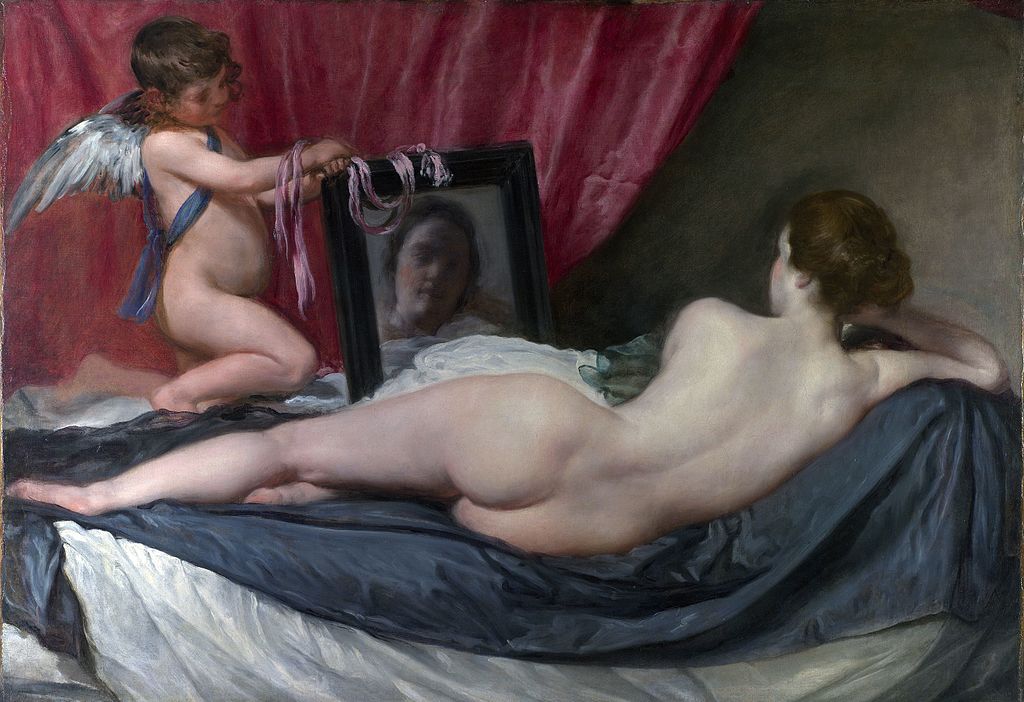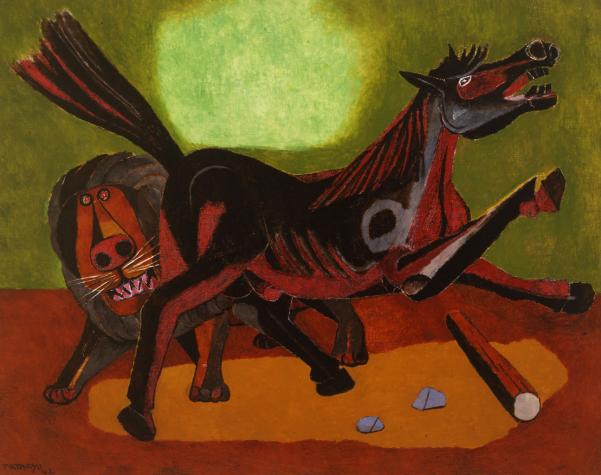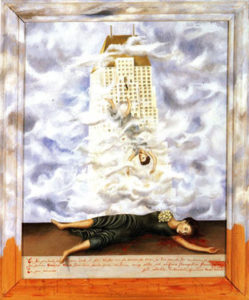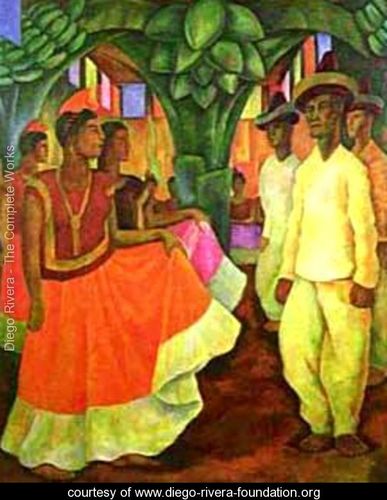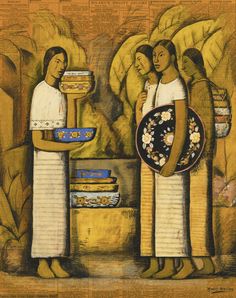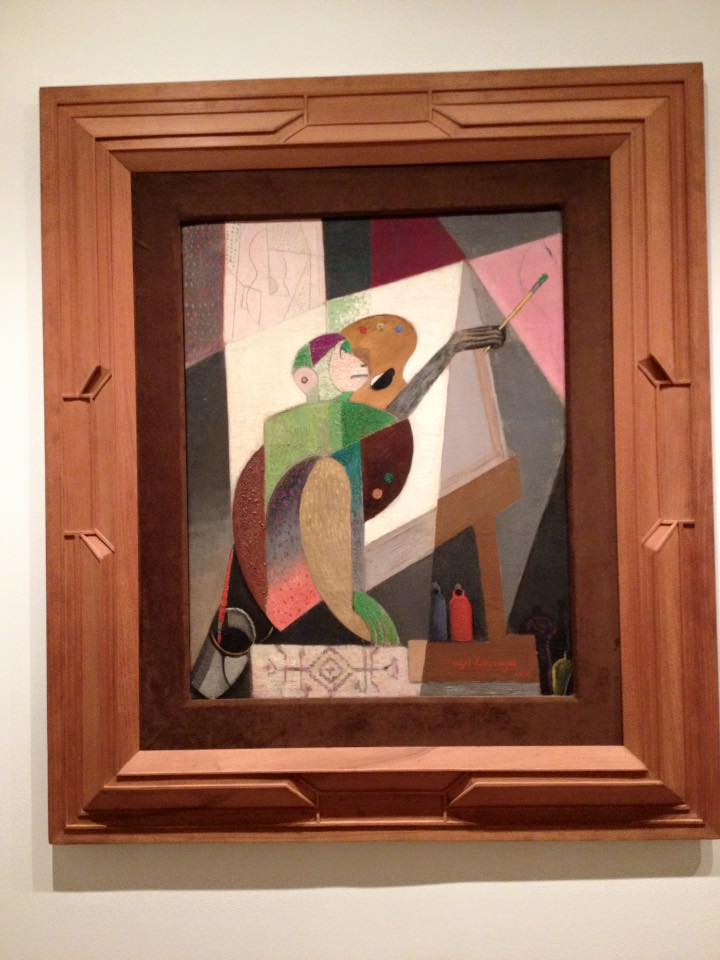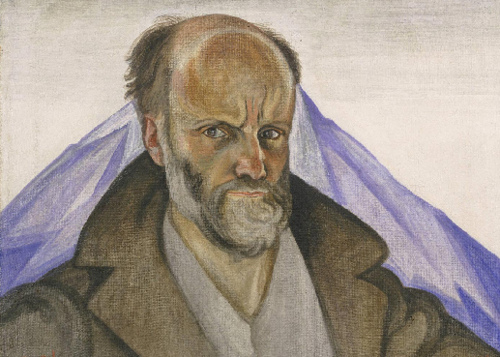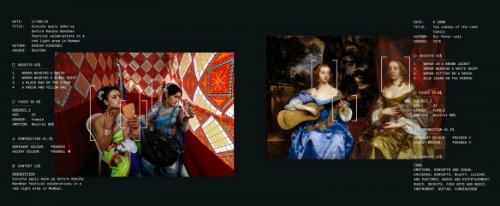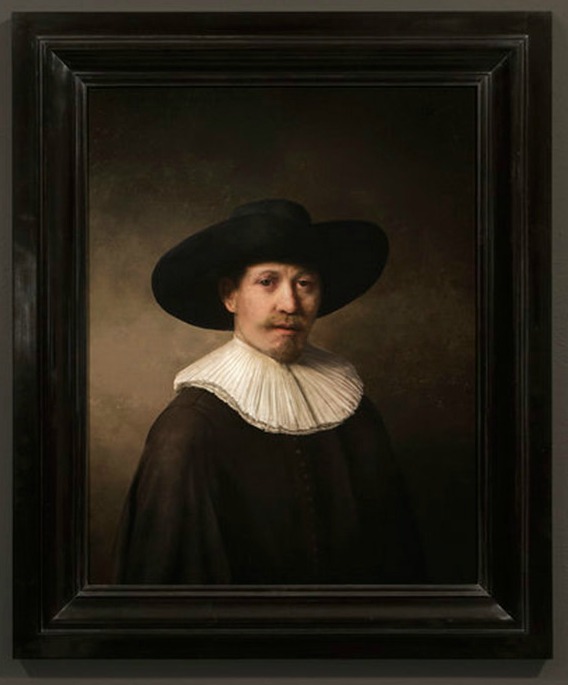Last year about this time, I praised the National Gallery in London for creating and publicizing an “Angel Trail” of artworks in its galleries that include portrayals of angels–for the Christmas season.
This year, I’m back to share the news that Christmas 2016 has prompted the creation of “The Star Trail.” The NG pitch:”Stargaze with us this Christmas.”

The NG create videos that take visitors on the trail: so far, there are four for “The Star Trail,” posted on the National Gallery’s YouTube channel.

